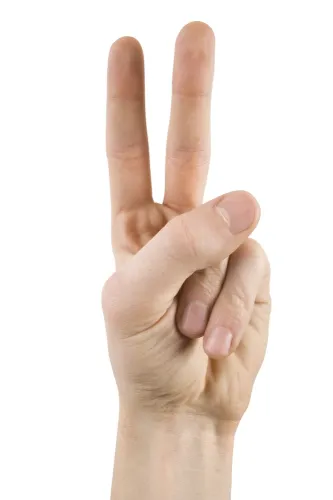Lock Into 4 Code Choices For Impacted Cerumen in ICD-10

Hint: Check documentation to know if the condition is unilateral or bilateral. If your FP diagnoses a patient with cerumen impaction or wax in the ear(s), you will have to understand whether the condition occurred in one ear or both the ears, as this will affect your code choice in ICD-10. This is different than reporting one generalized code that you had while using ICD-9. ICD-9: When your clinician arrives at a diagnosis of cerumen impaction, you will have to report it with the ICD-9 code, 380.4 (Impacted cerumen). You also need to use the same ICD-9 code when your clinician mentions the condition as "wax in the ear." In ICD-9, you do not have specificity to indicate whether the cerumen impaction had occurred unilaterally or bilaterally. If it is unilateral, there is no specific diagnosis code to help identify whether the impacted cerumen is present in the right or the left ear. The additional notes for this part of ICD-9 specify that you will have to report an additional code if an external cause can be attributed to the cerumen impaction. ICD-10: When you begin using ICD-10 codes instead of the currently used ICD-9 codes on or after Oct.1, 2015, you will have more specific code choices to report when your clinician arrives at a diagnosis of cerumen impaction. You begin with the crosswalk code, H61.2 (Impacted cerumen) instead of 380.4. This ICD-10 code expands into the following four choices that you can use to very specifically report whether the condition was unilateral or bilateral and if unilateral, specify the ear in which the cerumen was present: As in the ICD-9 coding system, you will have to use the above mentioned codes if your FP mentions the diagnosis as wax in the ear. Also, as with ICD-9, you will have to report an external cause code, if applicable, to identify the cause of the ear condition. Focus on These Basics Briefly Documentation spotlight: Your FP will arrive at a diagnosis of cerumen impaction based on findings of history, signs and symptoms, and physical examination. Some of the common findings that you might observe in a patient with cerumen impaction will include partial hearing loss, itching, tinnitus (noise or ringing in the ears), a sensation of fullness in the ear, and pain in the ear (otalgia). In children younger than one year, cerumen impaction is sometimes discovered during a routine check-up when your doctor finds that the earwax is blocking his or her view of the eardrum. When a patient has cerumen impaction, your clinician will use an otoscope to check the ear canals and the ear drum. During this examination, if your FP finds cerumen impaction, he will try to remove this impacted ear wax by either irrigating the ear canal or by using some instruments, such as curettes or a vacuum suction device. If your clinician is not mentioning details of whether the condition is unilateral or bilateral, make sure you inform him to capture these details, as it will affect code choice in ICD-10. Also, ask him to specify which ear is affected if the condition is unilateral. Coding tip: Ensure that your clinician mentions the exact method by which the impacted cerumen is being removed from the ear canal, as this affects the CPT® code that you will be reporting for the procedure. If your clinician is only irrigating the canal to remove the cerumen, you will have to use an appropriate E/M code for the visit. If he uses any instruments to remove the impacted cerumen, you report 69210 (Removal impacted cerumen requiring instrumentation, unilateral) for the procedure. For bilateral procedures, you report the modifier 50 (Bilateral procedure) with 69210.




